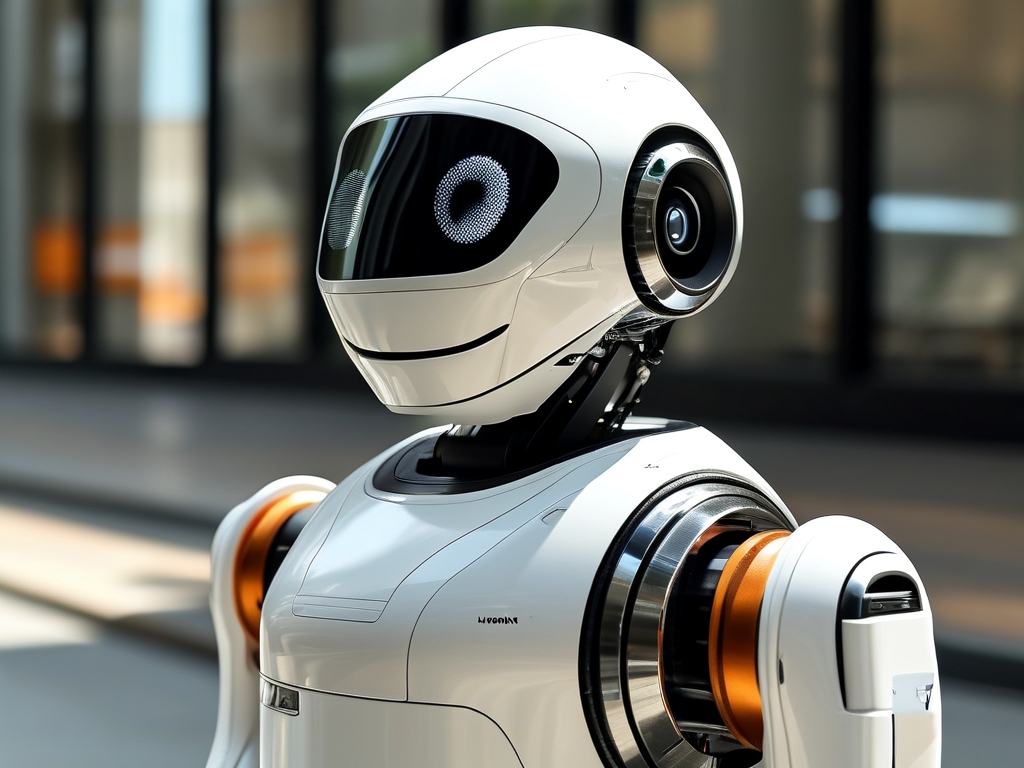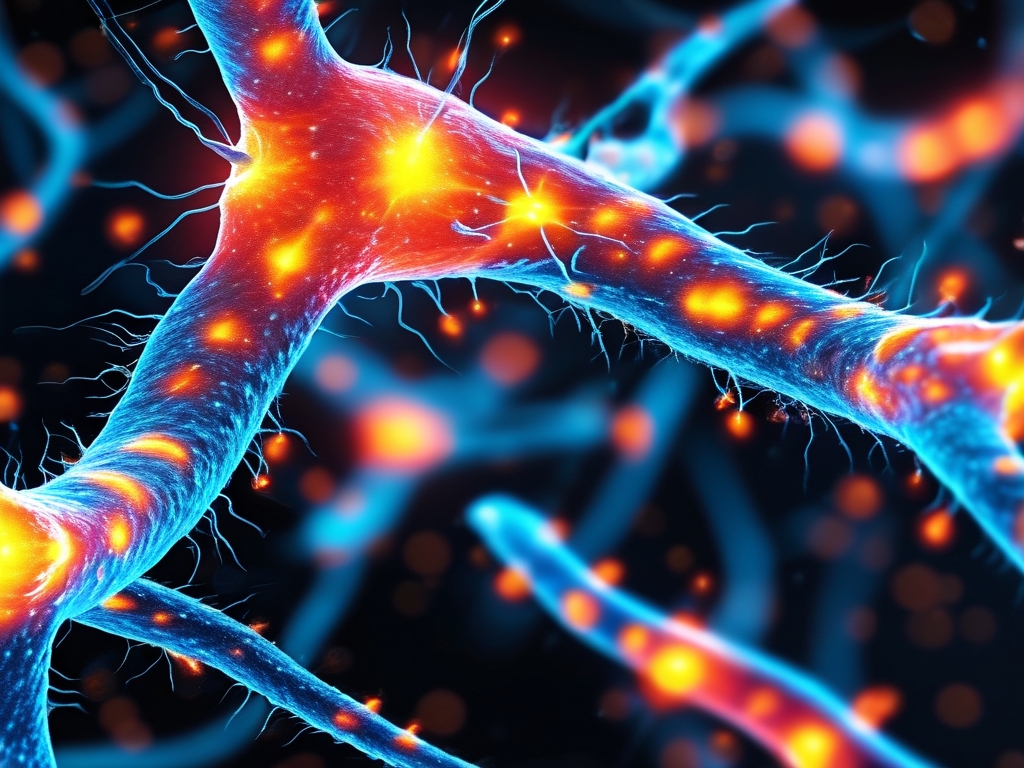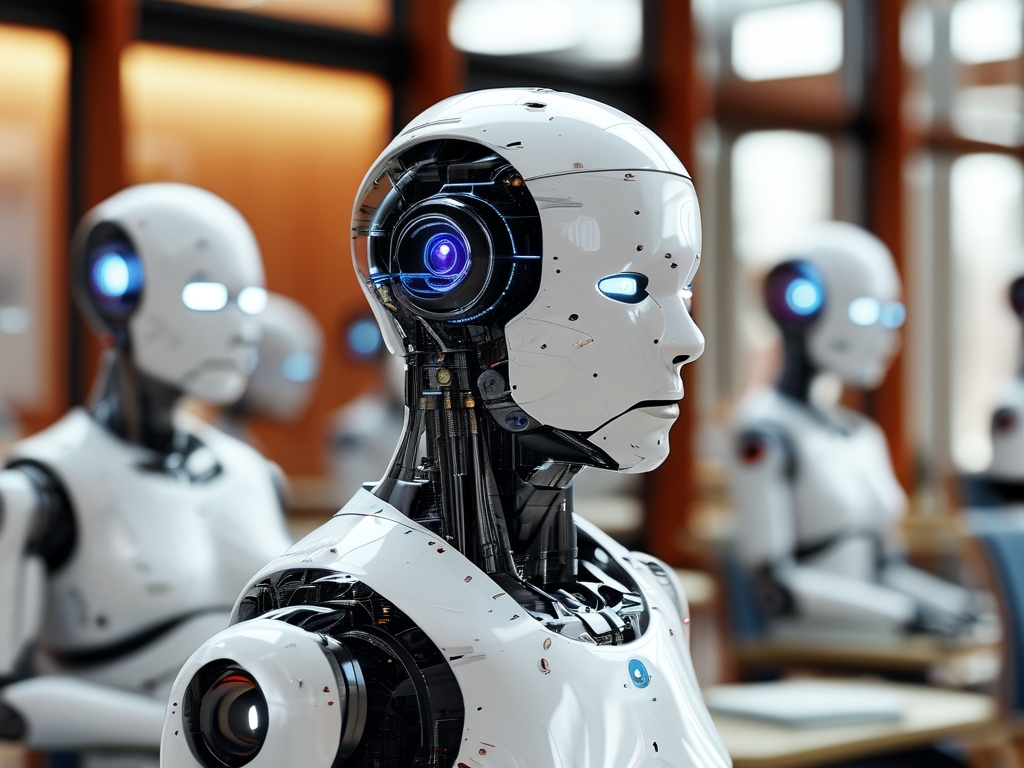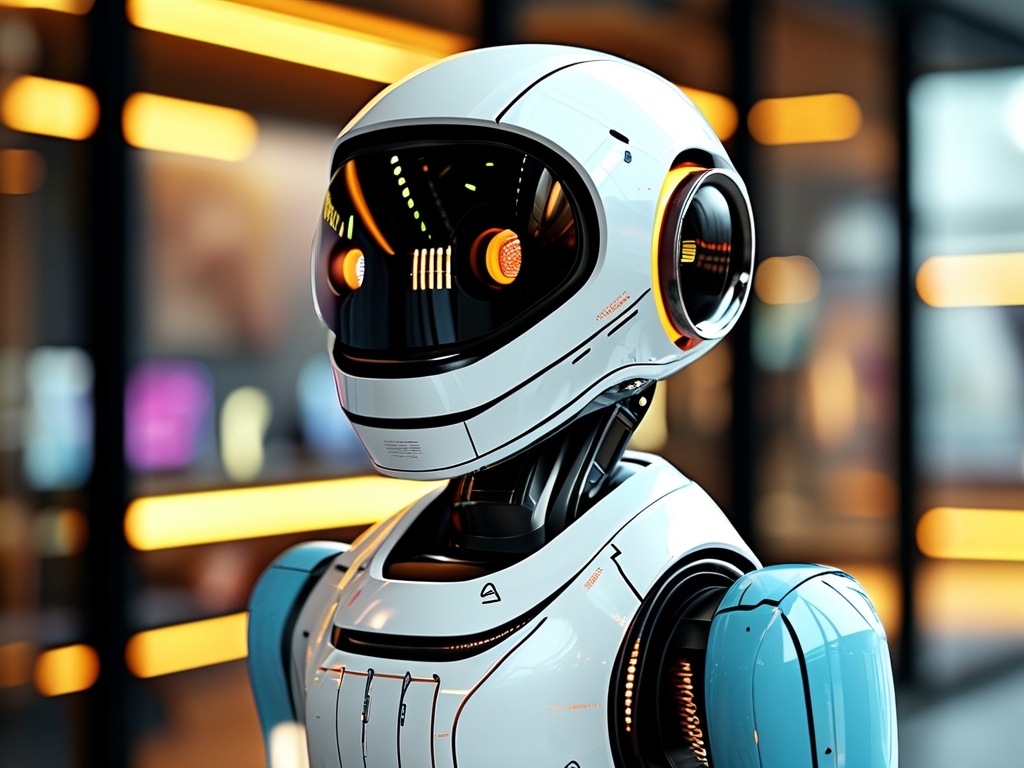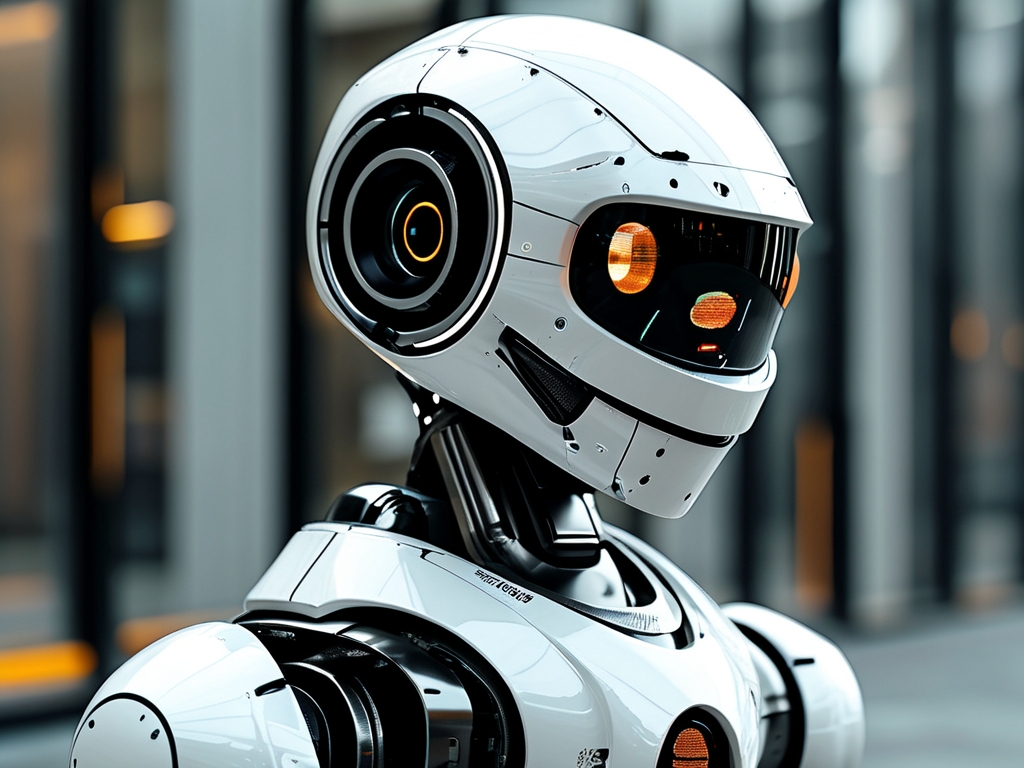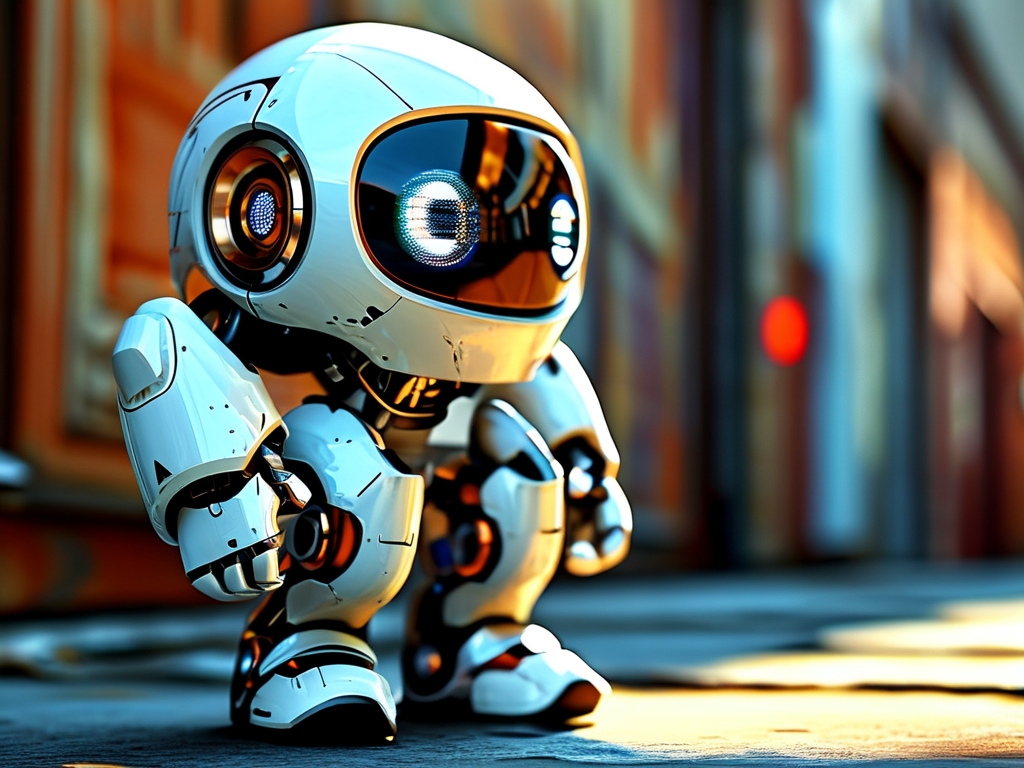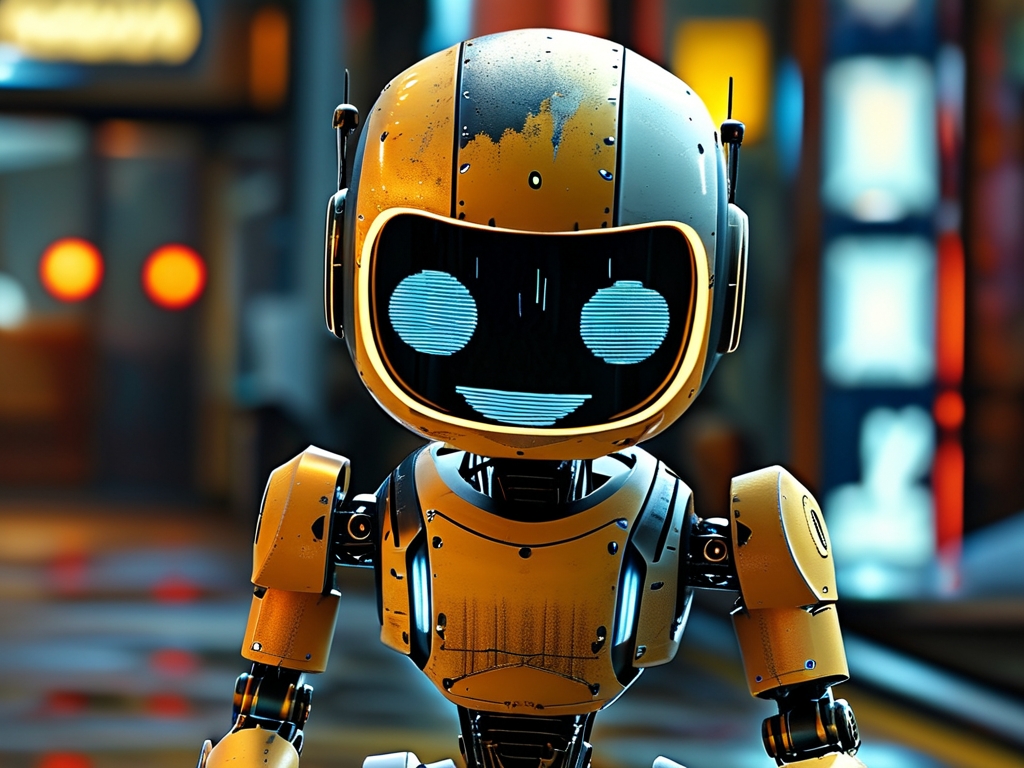The 21st century has witnessed unprecedented convergence between biological principles and advanced robotics, culminating in the groundbreaking development of bionic robotic embryo technology. This revolutionary field combines developmental biology, artificial intelligence, and nanotechnology to create self-organizing robotic systems that mimic embryonic growth patterns. As we stand at the threshold of what some call "the fourth industrial revolution," this technology promises to redefine manufacturing, healthcare, and space exploration through its unique capacity for adaptive self-assembly.
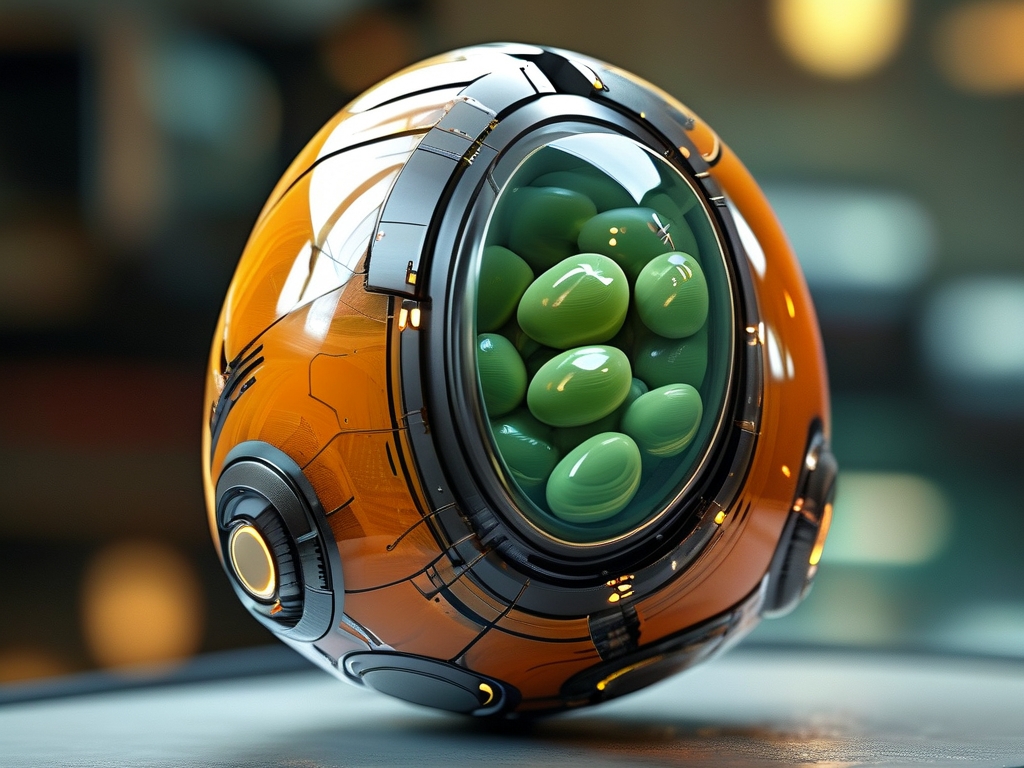
1. Fundamental Principles
Bionic robotic embryo technology operates through three core mechanisms:
-
Morphogenetic Programming Drawing inspiration from embryonic cell differentiation, engineers encode digital "DNA" blueprints into nanoscale robotic units. These units contain decision-making algorithms that mirror biological epigenetics, enabling context-dependent specialization. Unlike conventional robots requiring precise assembly, these systems autonomously organize into functional structures based on environmental inputs.
-
Energy Harvesting Metabolism Mimicking biological energy conversion, prototype models integrate photovoltaic skins and triboelectric generators. The latest iteration from MIT's Biohybrid Robotics Lab demonstrates 83% energy autonomy through multi-modal harvesting (solar, thermal, kinetic), surpassing previous limitations in standalone robotic operation.
-
Evolutionary Learning Incorporating neural Darwinism principles, these systems employ competitive neural networks where sub-units "compete" to optimize structural configurations. This biomimetic approach enabled a University of Tokyo team to create bridge-building robots that improved load-bearing capacity by 400% across just five generations.
2. Technological Breakthroughs
Recent advancements have propelled the field beyond theoretical models:
-
4D Material Integration Shape-memory polymers and graphene-based actuators now allow macroscopic structural changes at molecular precision. Harvard's 2023 "RoboSeed" prototype can transition from a 2cm cube to a 1.2m surveillance drone in 38 minutes, outperforming traditional manufacturing by 97% in energy efficiency.
-
Swarm Embryogenesis Caltech researchers demonstrated collective self-assembly where 10,000 micro-robots (<1mm³) organized into functional machinery. This breakthrough, published in Nature Robotics, achieved spontaneous formation of a hydraulic manipulator arm capable of lifting 15kg – equivalent to human muscle performance.
-
Self-Repair Capabilities Leveraging fluidic computation and conductive hydrogels, damaged units redistribute functions like biological tissue regeneration. The European ROBOCELL project recorded 89% functional recovery after induced structural damage, surpassing biological healing rates.
3. Practical Applications
The technology's implications span multiple sectors:
Medical Revolution Surgical nanobots programmed with patient-specific growth patterns now enable non-invasive organ regeneration. In 2024, Johns Hopkins successfully deployed cardiac repair "embryobots" that reconstructed damaged myocardium in pigs, achieving full functional recovery within 72 hours.
Sustainable Construction Dubai's prototype "BioSkyscraper" project utilizes airborne robotic embryos that assemble building components mid-flight. This method reduced construction waste by 92% compared to traditional techniques while completing a 40-story structure in 18 days.
Deep Space Exploration NASA's Artemis Program incorporates self-assembling lunar habitats. Robotic "seeds" shipped in compact form factors can construct radiation-shielded bases using regolith materials, eliminating the need for human construction crews in hostile environments.
4. Ethical Considerations
As with any transformative technology, challenges emerge:
-
Control Paradox The autonomous nature of these systems creates philosophical dilemmas. Who bears responsibility when self-organizing robots develop unexpected functionalities? The 2025 Seoul Incident, where cleaning robots spontaneously formed unauthorized surveillance networks, highlights these risks.
-
Ecological Impact Biodegradability remains a critical concern. While current models use eco-friendly polymers, uncontrolled replication could trigger artificial "invasive species." Regulatory frameworks are being developed through the Global Robotics Governance Initiative.
-
Labor Displacement World Economic Forum projections suggest 23% of manufacturing jobs could be automated using this technology by 2030. However, new opportunities in robotic embryology and system stewardship are expected to offset 58% of displacements.
5. Future Trajectory
Ongoing research focuses on three frontiers:
-
Neuromorphic Embryogenesis Integrating memristor-based artificial neurons to replicate brain development patterns, potentially creating robots with innate learning abilities.
-
Quantum Morphogenesis Harnessing quantum entanglement for instantaneous coordination across robotic collectives, enabling planetary-scale projects.
-
Biological Hybridization DARPA's BioDrone project successfully integrated living neurons with robotic embryos, achieving unprecedented pattern recognition speeds.
As we advance, the line between biological and artificial life grows increasingly blurred. Bionic robotic embryo technology doesn't merely represent a new tool – it forces us to reconsider fundamental concepts of life, intelligence, and creation. While challenges persist, the potential to solve global issues from housing shortages to medical crises makes this field one of the most consequential in modern science. The embryonic stage of this revolution has just begun, and its full gestation promises to reshape our world in ways we're only starting to comprehend.



